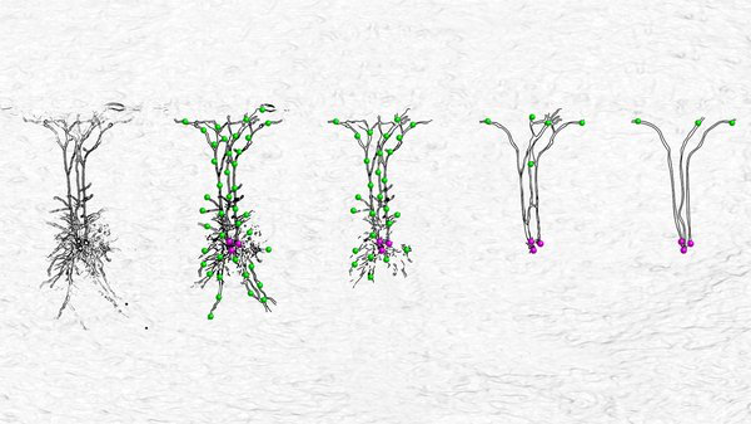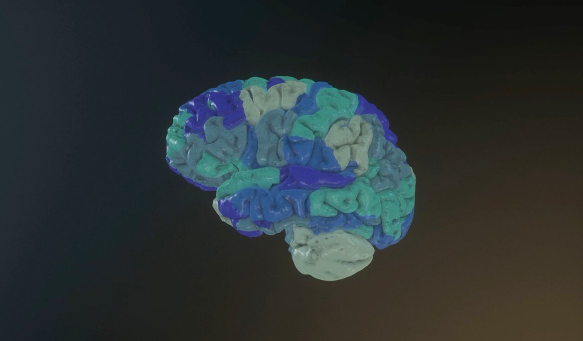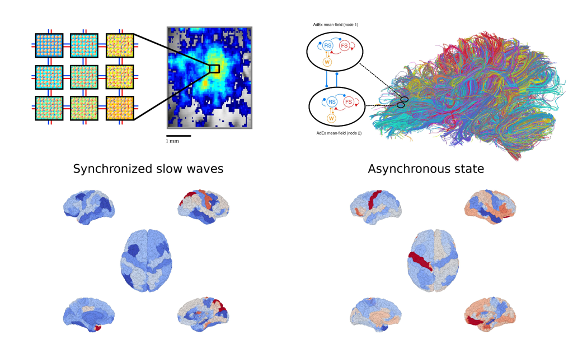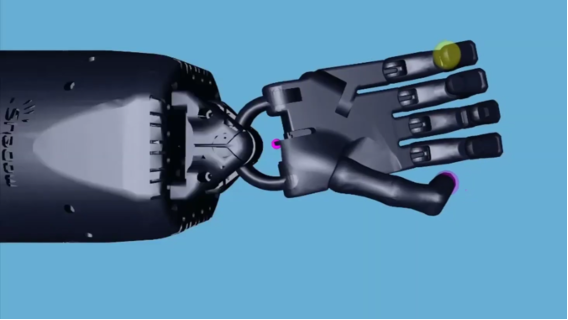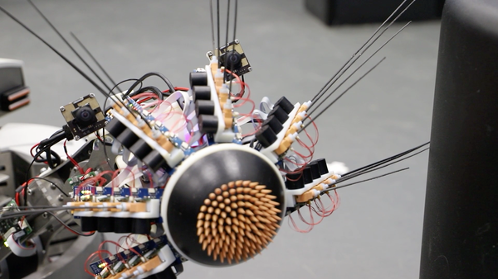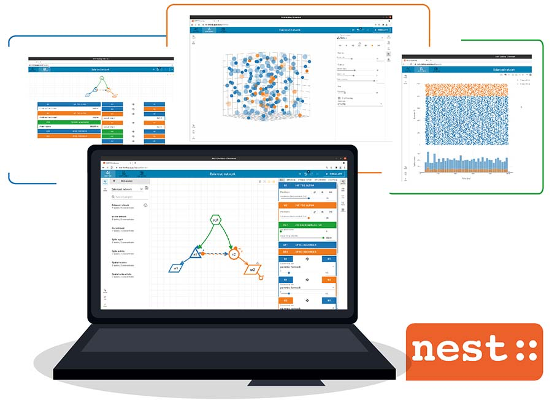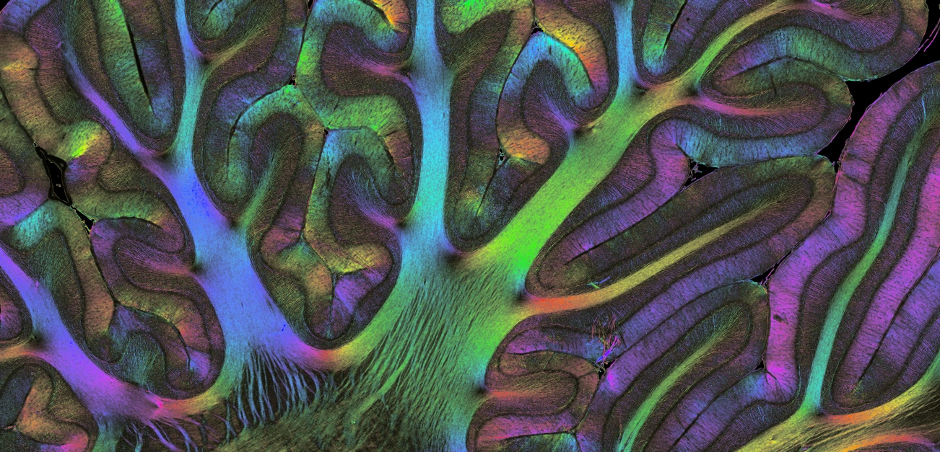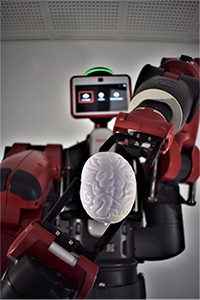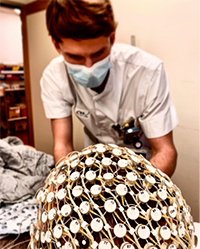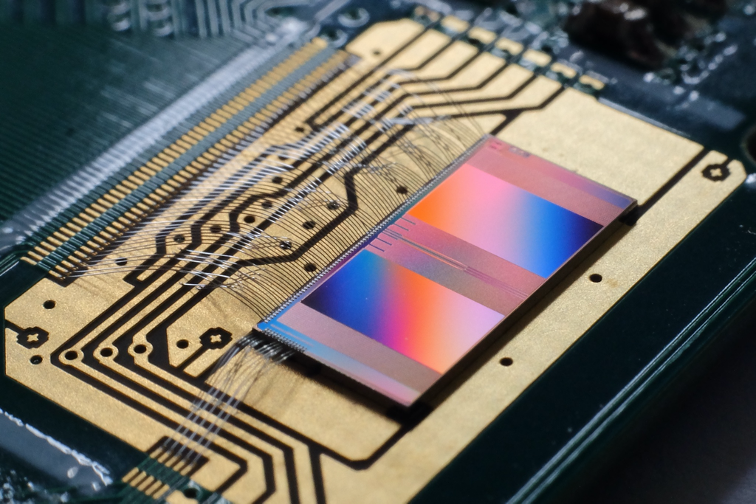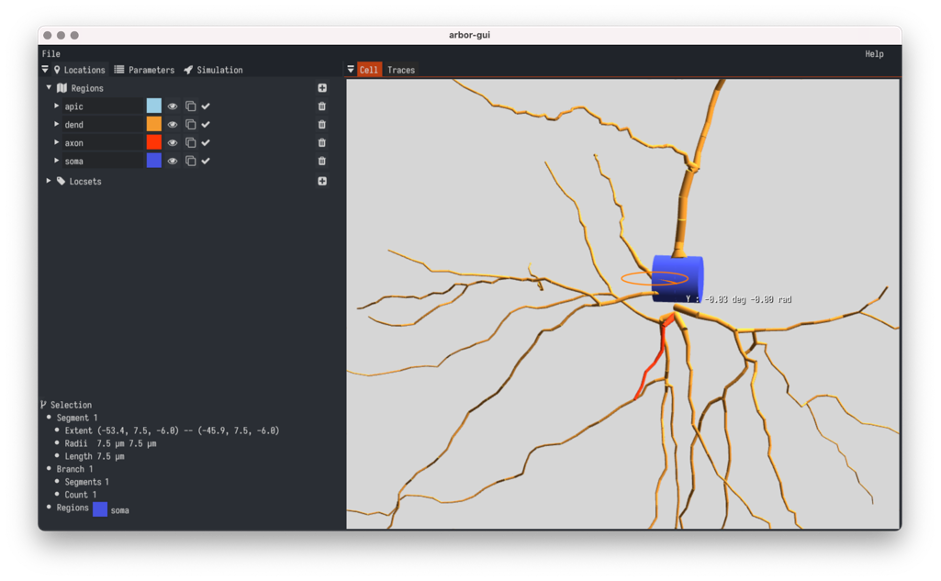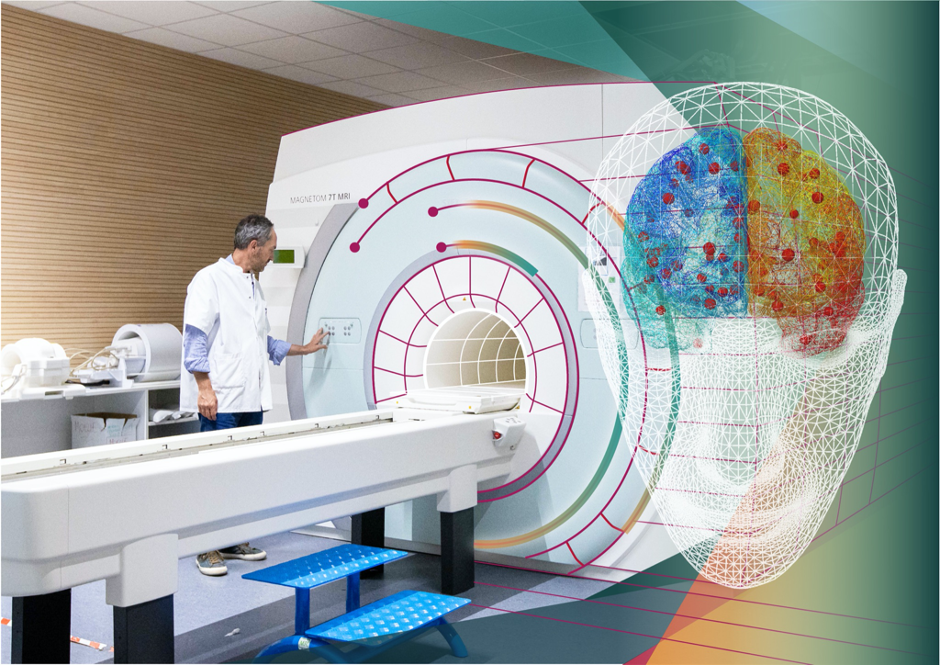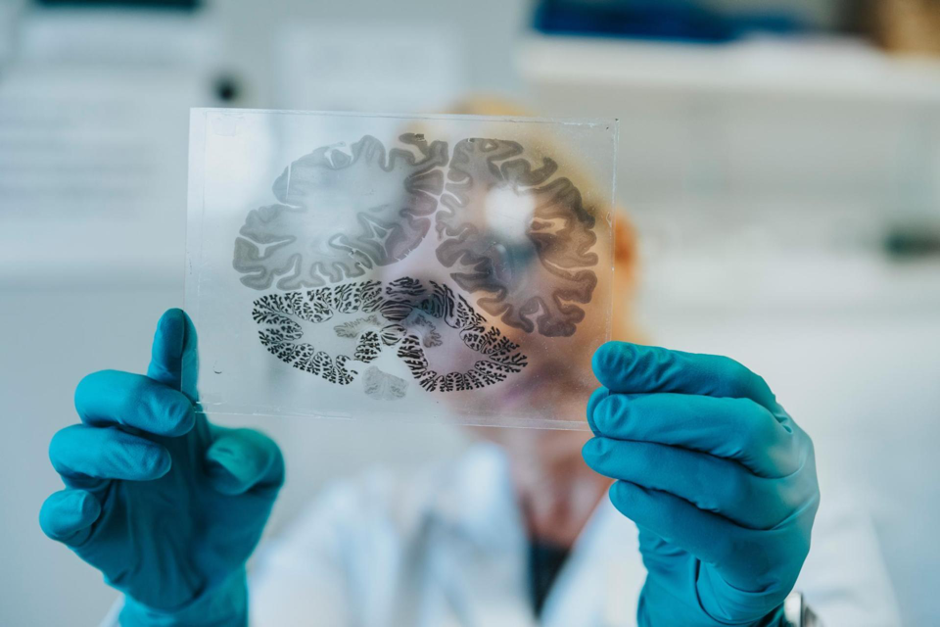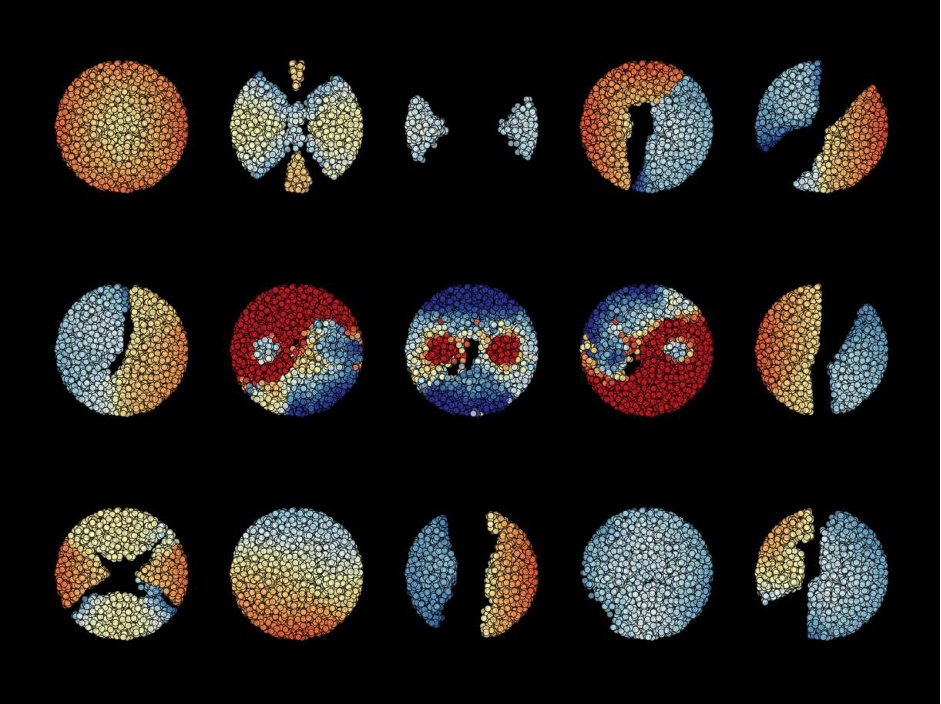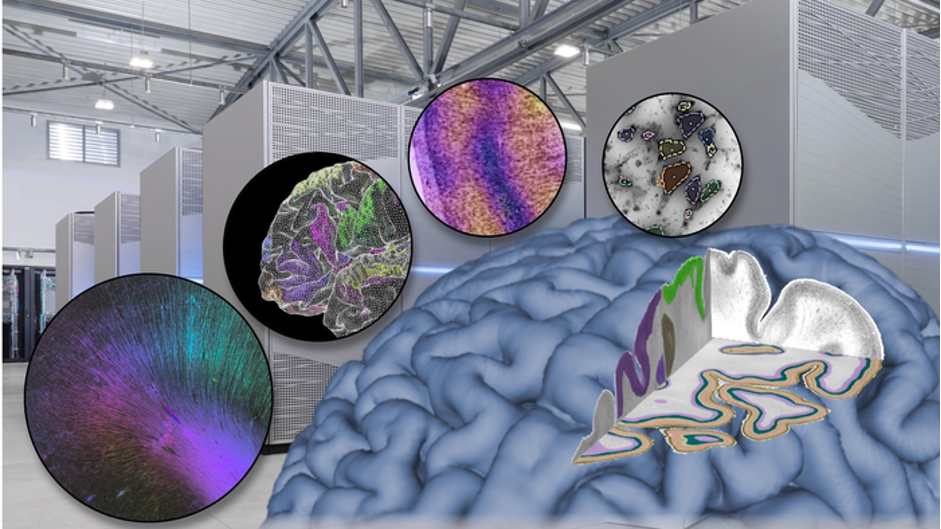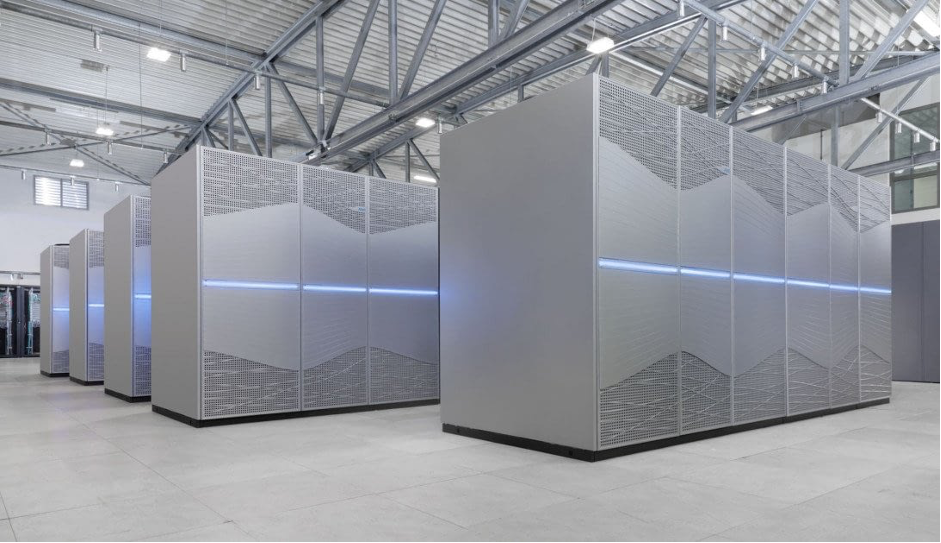- News
Year in Pictures
17 December 2021
A look back at some of the best Human Brain Project images from 2021.
A new method by HBP researchers at the University of Bern greatly simplifies models of dendrites, the intricate branches of neurons. The advance could help the development of more brain-like AI technologies. The findings were published in eLife in January. Read more
Credit: eLife
Scientists of the Human Brain Project have developed a computational tool to locate the areas in a patient’s brain where epilepsy seizures emerge. Learn more about this research in our coverage from February.
The Perturbational Complexity Index method provides a new way of measuring consciousness objectively. We covered this research in April.
Credit: Jennifer S. Goldman, Lionel Kusch, Bahar Hazal Yalcinkaya, Damien Depannemaecker, Trang-Anh E. Nghiem, Viktor Jirsa, Alain Destexhe bioRxiv 2020.12.28.424574
Using the EBRAINS research infrastructure, scientists of the Human Brain Project have simulated a robot hand which is able to perform human-like digit configurations. Learn more in our write-up from May.
Meet Whiskeye, a rodent-like robot that autonomously explores its environment, using head-mounted cameras for eyes, and 24 artificial whiskers to gather tactile information. Learn more about this work which we wrote about in June.
Credit: Bristol Robotics Lab
A simple new tool for modeling complex neural networks: NEST Desktop was introduced to the scientific community in November
Credit: Claudia Duppé and Sebastian Spreizer
Fiber architecture in a section from the cerebellum of the vervet monkey. This image won the Helmholtz Imaging Award in December.
Credit: Markus Axer
Read 'Researchers design artificial cerebellum that can learn to control a robot’s movement' here. Published in Science Robotics in December.
Credit: Ignacio Abadía Tercedor
A young researcher from the Coma Science Group in Liege takes an EEG measurement.
Credit: University of Liege
Closeup of the neuromorphic chip HICANN-DLS-SR-HX v2.
Credit: Electronic Vision(s)
Close-up view of Arbor-GUI editing a model sourced from here.
Credit: The Arbor Team (t.hater@fz-juelich.de)
Brain data from epileptic patients can be modelled to better understand and predict epileptic seizures.
Credit: INS Marseille
Brain mapping in Jülich
Credit: Mareen Fischinger
Christmas ornaments? No, an “Illustration of the on-chip classification process with the Yin-Yang dataset. Each symbol represents the spike time delay for various classifying neurons. Read more
Credit: Göltz and Kriener et al. (Heidelberg / Bern).
Types of Big Brain Data and Supercomputer.
A perspective article by Katrin Amunts and Thomas Lippert outlined in Science how brain research makes new demands on supercomputing
Read more
Credit: Timo Dickscheid
JUWELS Supercomputer
Credit: Sascha Kreklau

